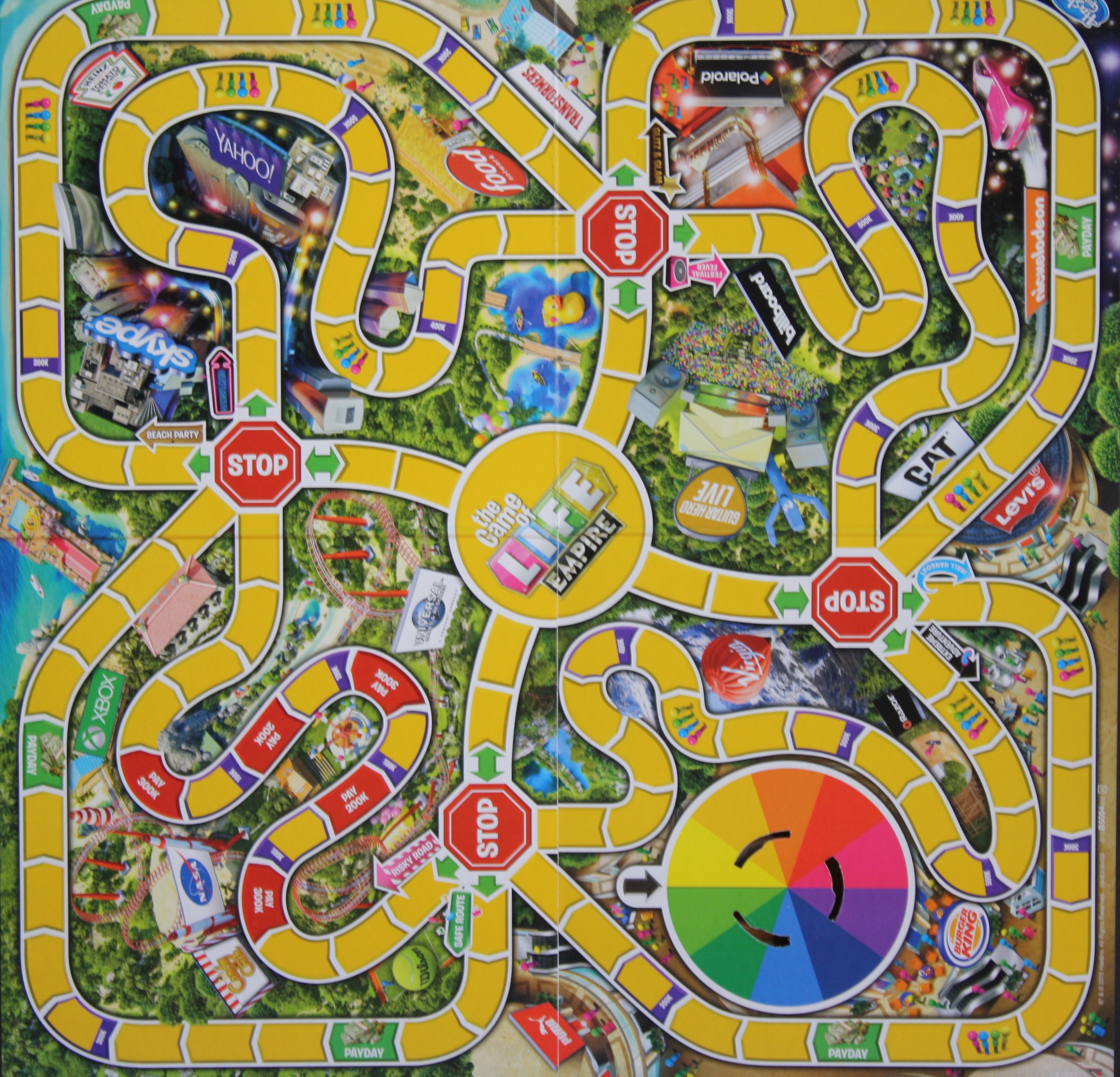
:strip_icc()/pic679827.jpg)
The new version defined success as a function of how much money a player amassed and involved practical matters like choosing a college or profession, buying insurance, securing a mortgage, or playing the stock market. There was no teetotum, no vices like "Disgrace" or "Idleness" to be avoided, no virtues like "Honesty" or "Perseverance" to be embraced. The revamped edition bore no resemblance to the original. On its centennial in 1960, however, Hasbro Company, which had purchased the Milton Bradley Company, released a new version with a truncated name: Game of Life. The Checkered Game of Life sold millions of copies. The traits a player chose to adopt determined whether they achieved the overarching goal of the game-to live to a "Happy Old Age." Honor was in your grasp, even if you had committed a crime. Redemption was an ever-present possibility. It is "not necessarily a fact that poverty will be a disadvantage." "School" and "Ambition" were both accessible from "Poverty." "Perseverance" could lead to "Success." The game's original game was clear: choices matter. If a player landed at the Poverty square immediately after Infancy, they needn't fear. While landing on "Cupid" meant going directly to "Matrimony," landing on "Gambling" led directly to "Ruin."įor Bradley, challenging circumstances at any point in life did not have to dictate outcomes. As each player twirled a wooden teetotum, they were offered key life decisions and character traits to choose from (e.g., "Bravery or Idleness" and "College or Fame") that led to next steps. The deeply religious Bradley explained that the game represents "the checkered journey of life." The most successful player would "gain on his journey that which shall make him the most prosperous, and to shun that which will retard him in his progress." Part of your life outcomes were in God's hands other parts were in yours. His patent application made it clear that "in addition to the amusement and excitement of the game, it is intended to forcibly impress upon the minds of youth the great moral principles of virtue and vice." The game's red-and-ivory checkerboard presented a 64-square obstacle course featuring character traits-bravery, idleness, industry, honesty-that could lead to wealth, suicide, prison, disgrace, fame, ruin, or happiness. In 1860, Milton Bradley created the Checkered Game of Life board game.

The future of the family is a matter of enormous and incalculable importance, and the strength, health, and integrity of marriage and family life constitute an absolutely essential precondition for all other social, economic, and political goods. - Wilfred McClay


 0 kommentar(er)
0 kommentar(er)
